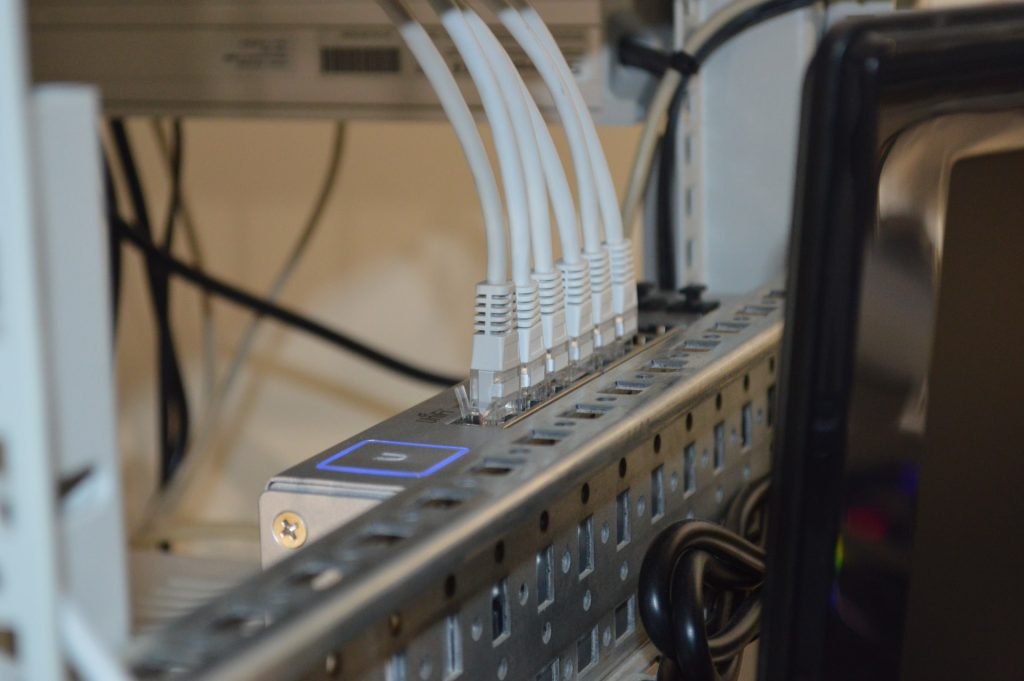Aruba Wireless – Wireless network or wireless, now it is one of the innovations that are very popular in various circles of society, be it individuals, organizations, or even government offices. Many people currently use wireless networks. For example, smartphones, communication can now be done without using cables. Then the most important and very clear is Wi-Fi.
Wi-Fi is indeed a wireless technology that is very common in various circles of society. However, what is still a lot of questions is “how do wireless networks work”. Aruba will explain how the work of a wireless network.
Table of Contents
The Form of the Wireless Network
In a broad sense, a wireless network consists of all forms of network communication that apply electromagnetic waves with possible wavelengths or frequencies such as Aruba wireless, which includes the following components of the electromagnetic spectrum:
- Infrared (IR): Ranges from about 300 GHz to 200 THz and is used primarily in confined areas where line-of-sight communication is possible. IR cannot penetrate buildings or structures, but it can reflect light-colored surfaces.
- Microwaves: Range from 2 GHz to 40 GHz and are used for point-to-point terrestrial communications and satellite communications. Microwaves experience a decrease in signal during bad weather situations (for example, in fog or rain).
- Broadcast radio: Range from 30 MHz to 1 GHz, is less affected by adverse atmospheric conditions than microwaves, and can travel through most buildings and structures, but experiences multipath interference over long distances.
Aruba Wireless Connectivity
To connect a wireless station to a traditional wired LAN, Aruba wireless requires only two parts:
- One or more entry points, which are transceivers connected to a wired LAN. They broadcast signals to and get signals from wireless stations on the LAN, passing the signal between the wired network and the wireless station as needed. The targeted reception range from the point of entry defines a circular area called a cell, or more precisely, the Basic Service Collection. When there is more than one entry point on the network and the cells are overlapping, the entry point device must also stop communication when the roaming station migrates from one cell to another. The number of wireless stations that can be handled by the entry point in a precise manner is inversely proportional to the average traffic generated by each station. Common wireless track entry devices can provide coverage of up to 3000 square meters in open areas (or less if obstacles are present) and support data transmission rates of 1 to 10 Mbps.
- A WLAN adapter, which can be an external device called a station adapter that plugs into the RJ-45 port of a 10BaseT Ethernet card, an external device that connects to an RS-232 serial port, or a special PCMCIA card. Whatever configuration you use, the wireless adapter turns the computer you are installing it on into a wireless station on the network. Fixed or detachable antennas are commonly included and provide better transmission and reception stations. For small-scale WLANs, the typical power output for the adapter may be 100 mW, giving a range of about 305 meters in open areas (or less in case of obstacles).
It’s clear how does Aruba wireless work? Therefore, the Aruba Network is very much using it and that is because it is very beneficial to be able to get a stable internet connection, not complicated because there are not many cables, and with quality and innovative hardware and software.
If you interested, you can contact us directly here.
![]()


